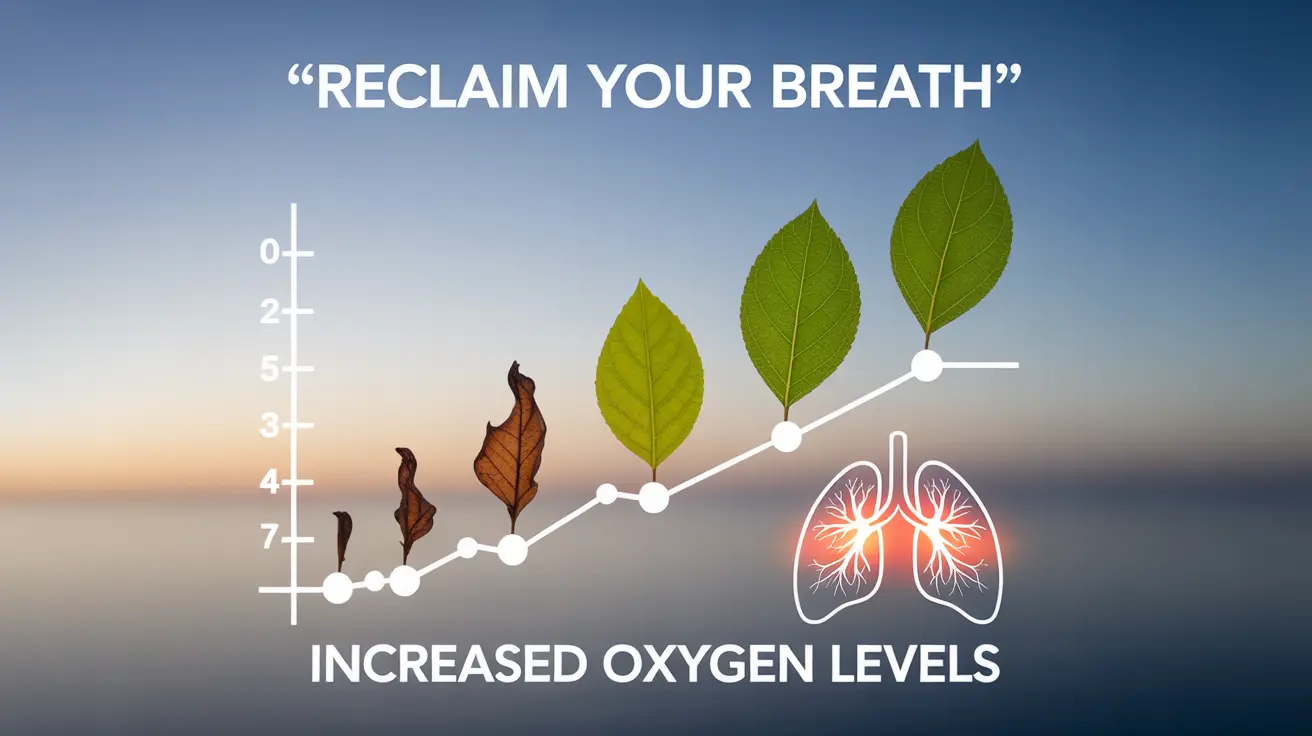Making the decision to quit smoking is a pivotal moment for your health. Understanding the timeline of positive changes that occur after you stop smoking can provide powerful motivation during your journey to becoming smoke-free. From the first hours to several years after quitting, your body undergoes remarkable healing and recovery processes.
Let's explore the detailed timeline of health improvements you can expect after putting down that last cigarette, along with practical strategies to manage the transition successfully.
Immediate Health Benefits (First 24 Hours)
Within the first day of quitting smoking, your body begins experiencing significant positive changes:
- Carbon monoxide levels in your blood drop to normal within 12 hours
- Heart rate and blood pressure begin stabilizing
- Oxygen levels in your blood increase
- Risk of heart attack starts decreasing
These immediate improvements demonstrate how quickly your body can begin recovering from the effects of smoking, providing early encouragement for your journey.
Early Recovery Phase (Days 2-14)
During the first two weeks after quitting, you'll notice several encouraging changes:
- Taste and smell senses begin improving
- Breathing becomes noticeably easier
- Energy levels start increasing
- Circulation improves throughout the body
While these physical improvements occur, this period also typically involves managing withdrawal symptoms, making it crucial to have support systems in place.
Lung Function Improvements (1-9 Months)
As you progress through the first several months of being smoke-free, your respiratory system undergoes significant healing:
- Coughing and shortness of breath decrease
- Lung capacity increases
- Cilia (tiny hair-like structures in the lungs) regain normal function
- Risk of respiratory infections decreases
Long-Term Health Benefits (1-15 Years)
The long-term benefits of quitting smoking are substantial and life-changing:
After 1 Year
- Risk of coronary heart disease drops to half that of a current smoker
- Excess risk of heart attack significantly decreases
After 5 Years
- Risk of mouth, throat, and bladder cancer reduces by half
- Stroke risk can decrease to that of a non-smoker
After 10-15 Years
- Risk of lung cancer drops to about half that of a current smoker
- Risk of coronary heart disease becomes similar to that of a non-smoker
Managing Withdrawal Symptoms
Understanding and preparing for withdrawal symptoms is crucial for success:
- Use nicotine replacement therapy when appropriate
- Practice stress management techniques
- Stay physically active
- Maintain a support network
- Keep healthy snacks available
- Stay hydrated
Frequently Asked Questions
What health improvements can I expect within the first 24 hours after quitting smoking? Within 24 hours, your carbon monoxide levels return to normal, your heart rate and blood pressure begin to stabilize, and your body's oxygen levels increase significantly. These changes immediately reduce your risk of heart attack.
How does lung function change in the weeks and months after quitting smoking? Lung function gradually improves over several months. Within 1-9 months, you'll experience decreased coughing and shortness of breath, increased lung capacity, and restored cilia function in your airways.
When does the risk of heart disease and stroke begin to decrease after quitting smoking? Risk reduction begins within 24 hours of quitting. After one year, your risk of coronary heart disease drops to half that of a current smoker. By 5-15 years, your risk of stroke and heart disease can return to that of a non-smoker.
How many years after quitting smoking does cancer risk significantly decline? Cancer risk begins declining after quitting and continues to decrease over time. After 5 years, the risk of several cancers, including mouth, throat, and bladder cancer, reduces by half. After 10-15 years, lung cancer risk drops to about half that of a current smoker.
What are common withdrawal symptoms during the first few days after quitting smoking and how can they be managed? Common withdrawal symptoms include irritability, anxiety, difficulty concentrating, and increased appetite. These can be managed through nicotine replacement therapy, regular exercise, stress management techniques, healthy eating habits, and support from friends, family, or support groups.




